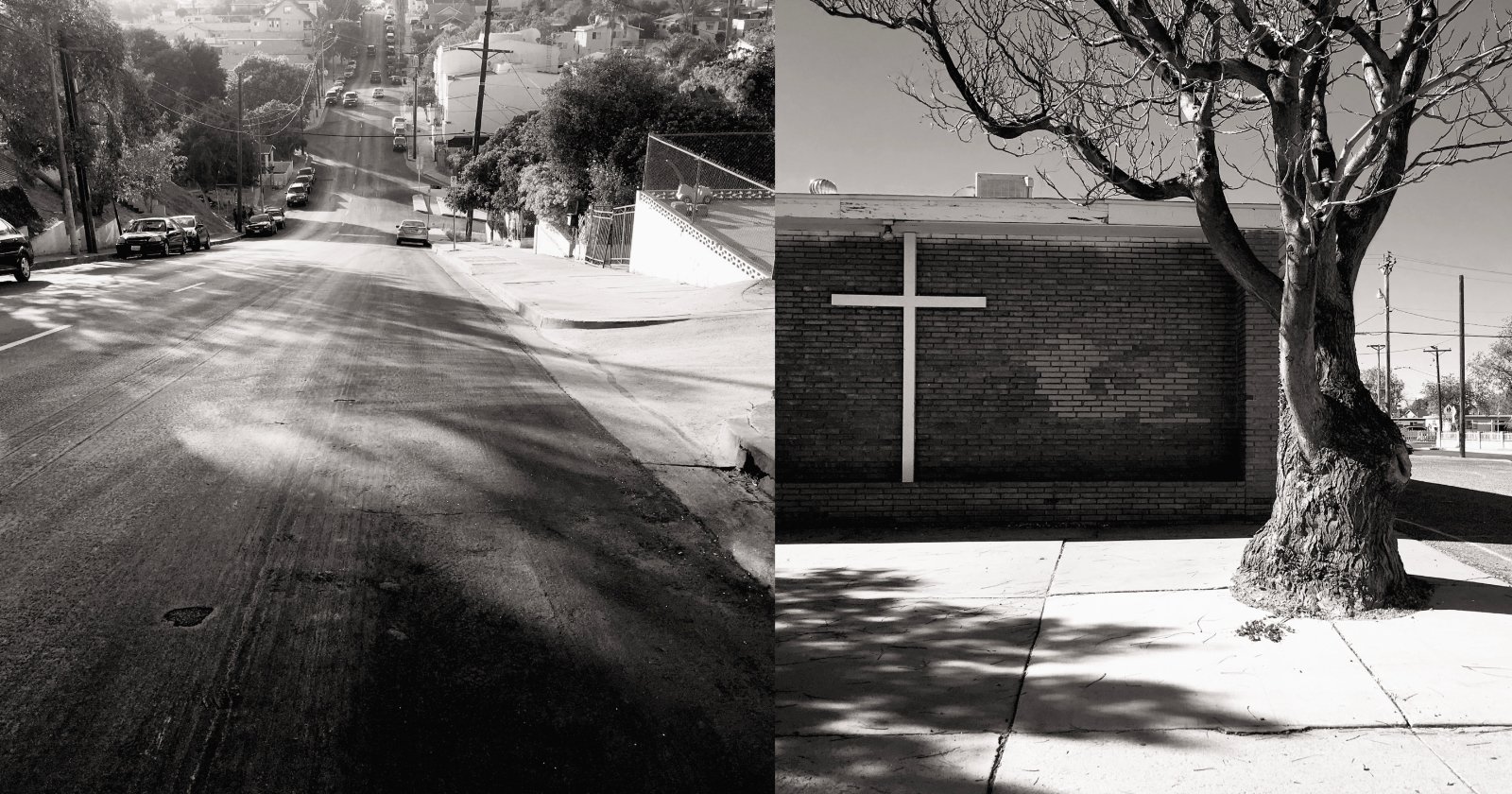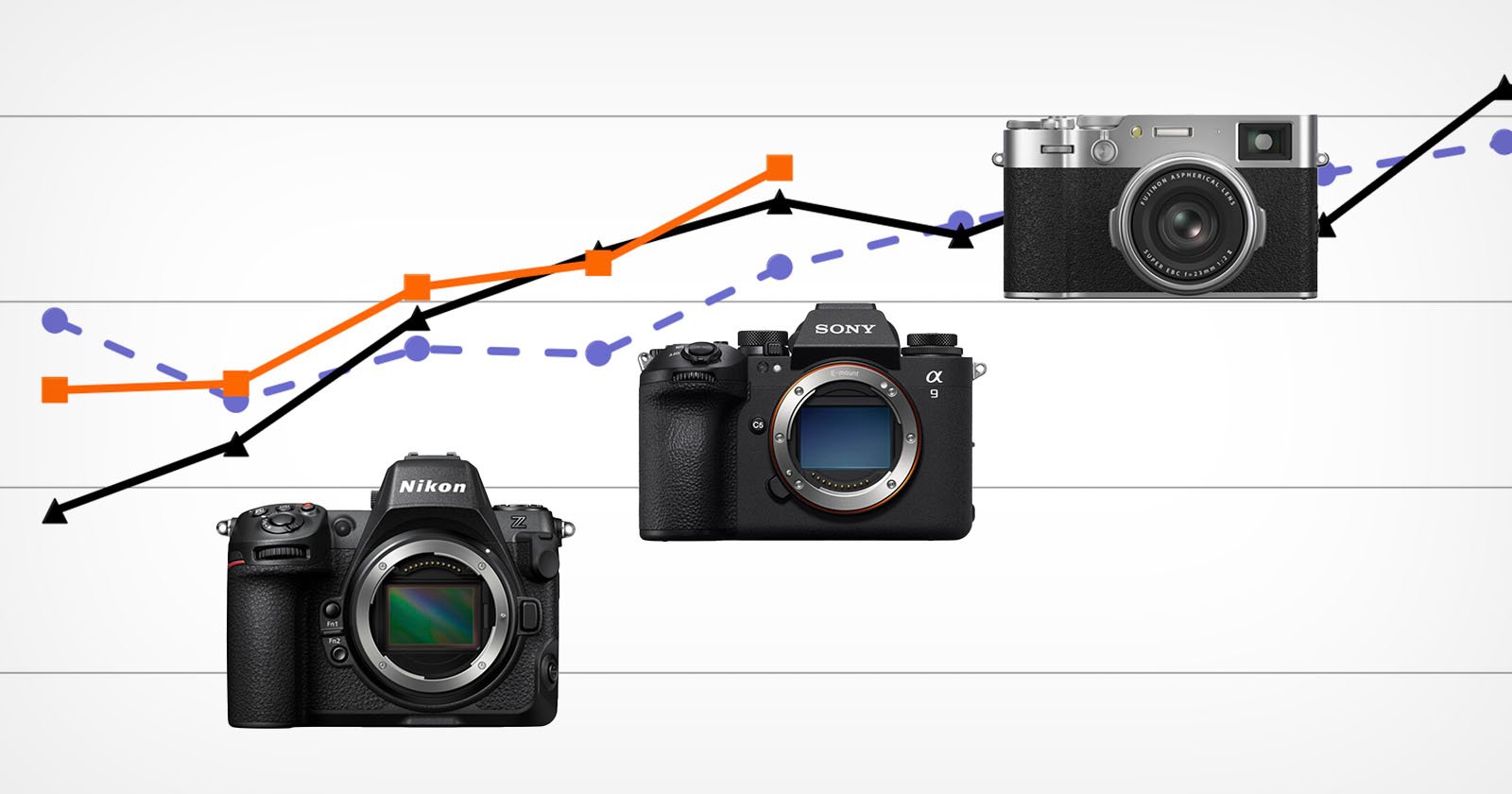
Terence Crutcher, 40, was shot and killed by a police officer in Tulsa, Oklahoma on September 16, 2016. Though the officer was later charged with first-degree manslaughter, she was found not guilty by a jury at trial. A photographer spent years memorializing 300 sites where people had died in police shootings across the U.S. In the U.S., approximately 1,000 people continue to die each year in encounters with police — which is more than any industrialized nation in the world. 49-year-old Randall Waddel died in a lethal encounter with a Weatherford Police Department officer on June 23, 2015, in Weatherford, Texas. 19-year-old Mario Sandoval died in a lethal encounter with a Laguna Pueblo Police Department officer on March 24, 2016, on Laguna Pueblo land in New Mexico. 19-year-old Jose Rodriguez died in a lethal encounter with Albuquerque Police Department officers on December 22, 2015, in Albuquerque, New Mexico. In her book My America, photographer Diana Matar memorialized hundreds of sites where some of these fatal police shootings took place.
Matar, who is an American living in London, U.K., spent years documenting sites of state-sponsored violence in North Africa and Eastern and Southern Europe. However, in 2015, Matar turned her lens on her own country and began researching who, how, and where civilians were being killed by law enforcement officers in the U.S. 16-year-old Jose Mendez died in a lethal encounter with Los Angeles Police Department officers on February 6, 2016, in Boyle Heights, East Los Angeles, California. 16-year-old Jose Cruz was fatally shot by an off-duty police officer in Addison, Texas, on March 13, 2016. The officer was later convicted of murder and aggravated assault. 34-year-old John O’Keefe died in a lethal encounter with Albuquerque Police Department officers on January 13, 2015, in Albuquerque, New Mexico. The photographer created detailed maps in her studio and compiled information about each victim who died in 2015 and 2016. With the assistance of a small grant from the Ford Foundation, Matar spent the next four years making several road trips across the U.S.
She photographed in states with the highest numbers and/or highest rates per capita of lethal encounters: Texas, California, Oklahoma, and New Mexico. Matar drove hundreds of miles across the four states, visiting more than 300 locations where people had died during or following an encounter with police officers in 2015 and 2016. 31-year-old Ian King died in a lethal encounter with Ponca City Police Department officers on December 21, 2016, in Ponca City, Oklahoma. 36-year-old Gary Jones died in a lethal encounter with Forney Police Department and Mesquite Police Department officers on January 19, 2016, in Dallas, Texas. After Matar finished photographing these 300 sites, she spent two additional years researching the legal outcome of each case. The result is the book My America which features 110 black-and-white photographs of sites where civilians were killed by law enforcement officers as well as information about the structural reasons why these events continue to occur at such a high rate. 25-year-old Ernesto Gamino was shot in an encounter with a Riverside County Sheriff ’s Department deputy on November 13, 2015, in Jurupa Valley, California.
38-year-old Clemente Najera died in a lethal encounter with a Riverside County Sheriff’s officer on April 15, 2016, in Lake Elsinore, California. Matar’s monochromatic photographs not only reveal the scale of the problem in the U.S. but also pay respect respect to the individual victims of these police encounters. The photographer shows that what happened at these locations should not be forgotten. “In a world where millions of pictures are taken each day, I still believe photographs can contain meaning; they can become evidence of things not seen or heard… if, as I believe, to photograph is a desire to know something deeply and beyond the surface, I must be quiet to see,” Matar says. “And attending to something says I acknowledge it matters. “Of the over 300 sites I visited only seven had any type of memorial. Something about these lives not being recognized, even on the land itself, upset me most. “As a nation, we weren’t taking stock. We rarely, if ever, marked the ground.” My America by Diana Matar can be purchased via Gost Books’ website.
More information can be found about Diana Matar on her website. Image credits: All photos by Diana Matar.






